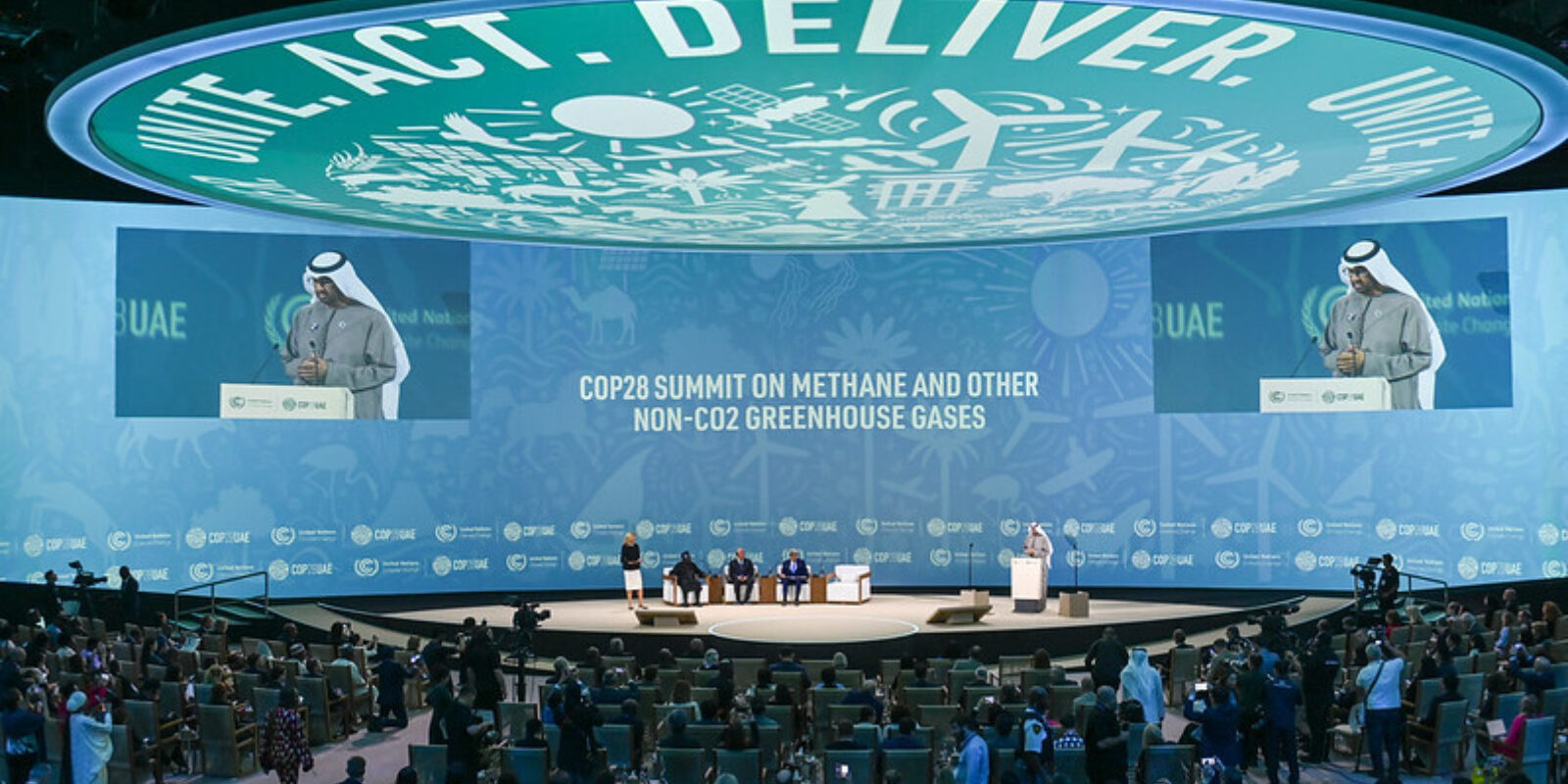Reaching the Goals Set Forth at COP28 will Call for Speed, Scale, and Sustainability
Dec 2, 2023

Tripling global renewable energy capacity by 2030 will require a massive collaborative undertaking unlike any previously achieved — and yet, that is the very goal proposed by the leaders of COP28, alongside the Global Energy Alliance and the International Renewable Energy Agency.
BloombergNEF has reported that the last such tripling took 12 years, and that managing the same in eight is likely to be “hard, but achievable.”
In a recent panel discussion that was part of the International Chamber of Commerce’s Make Climate Action Everyone’s Business Forum (an online session running parallel to COP28), renewable energy experts representing industry, the startup realm, and a sustainable energy trade association emphasized the critical importance of speed, scale, and sustainability in reaching this ambitious goal.
But just how can public and private players develop the speed and scale necessary to reach this renewable energy target? And what are the challenges likely to emerge along the way?
In their discussion of these pressing questions, the panelists highlighted three key points:

1. Exponential change toward decarbonization is inconceivable without the help of digitalization.
Tom Jensen, executive chairman and co-founder of next-generation battery cell developer FREYR, explained that for all the benefits of solar and wind, they are intermittent energy sources — meaning that any system relying on them will need to find a way to store their power when the sun isn’t shining and the wind isn’t blowing.
A fully decarbonized society powered exclusively by renewable energy sources, Jensen added, will require roughly 200 terawatt hours of battery capacity—and today, the market has only about 2.5 terawatt hours of such capacity.
“That means, of course, that we need to scale up production of batteries in a massive way, and in as short a time period possible,” Jensen said. “This is impossible without the best available digitization solutions.”
By way of illustrating the role digitization can play in scaling and speeding decarbonization, Jensen explained that FREYR has partnered with Siemens AG to create “digital twins” that can simulate FREYR’s complex battery production and manufacturing.
“That way, by the time the product is being built, it’s already highly efficient and can get to market much, much faster,” said Peter Koerte, chief technology and chief strategy officer at Siemens.
Koerte mentioned a second application for Siemens’ digital twins: Hawaii’s Big Island, which is close to achieving the major goal of getting 100% of its energy from renewables. To do that, the power system has had to address the issue of intermittency, and cater to the many fluctuations in supply and demand.
“All of the technology exists, but you have to connect it, and you have to integrate it digitally,” Koerte said. “There is no sustainability without digitalization. Digitalization is absolutely paramount to making this work.”

2. No single entity or organization can achieve decarbonization alone; a goal of this scale will require new types of partnerships.
Jensen emphasized the staggering scope of the challenge ahead: not only a tripling of renewable energy by 2030, but a 20-fold increase by 2050.
“That requires new ways in which to collaborate,” Jensen said. “No company has all the answers.”
He pointed to FREYR’s partnership with Siemens as an example: “it’s really about creating a virtual model of what we are intending to do in real life — and not just a visual model of how we’re going to produce the batteries, but also virtual models of how we can optimize the batteries themselves.”
Another partnership model not to be overlooked is that of the public-private partnership, said Lisa Jacobson, president of the Business Council for Sustainable Energy, a 65-member trade association representing the energy efficiency, natural gas, and renewable energy industries. She pointed to energy savings performance contracts as an example, wherein a company (like Siemens) works with a public entity (like a Veterans Affairs hospital campus or a military base) to do a large-scale energy management assessment. “They’ll say, ‘Let’s see where the opportunities are to modernize your energy systems, to bring in digital technologies, to improve energy efficiency, and to take on other important challenges in the areas of energy security and resilience,” Jacobson said. She added: “I hope countries that have come to COP28 will look at those kids of public-private partnership models and adopt them in their own jurisdictions.”

3. A just transition will be the only way to see the full benefits of decarbonization — and to ensure that those benefits flow to all communities.
Jacobson reported that she has been heartened to notice great strides toward more community engagement and consideration among sustainable energy players in recent years.
Policy drivers are partially responsible for this, she believes: for example, new requirements stipulate that developers take specific actions at the community level in order to fully realize tax benefits from the Inflation Reduction Act. What’s more, clean energy developers receive perks if they invest in former coal communities.
Ensuring that no community gets left behind in the race to decarbonize is also about affordability, explained FREYR’s Jensen.
“We like to say that the decentralization and the decarbonization and therefore the democratization of energy production all goes hand in hand,” he said.
In other words, as the world gets better at storing the energy on offer from the sun’s rays, energy prices will start to plunge — by as much as 80 percent, Jensen estimated.
“This eventually allows the broader community globally to benefit from ultra-low energy costs,” he said. He added that affordable energy is key to the provision of clean water, connectivity, transportation, and much more — especially in remote parts of the world. “That’s really what’s at the heart of this, from our perspective.”
Online: Climate Action is Everyone's Business Forum
To watch the full panel from the International Chamber of Commerce's Make Climate Action Everyone's Business Forum, please click here
